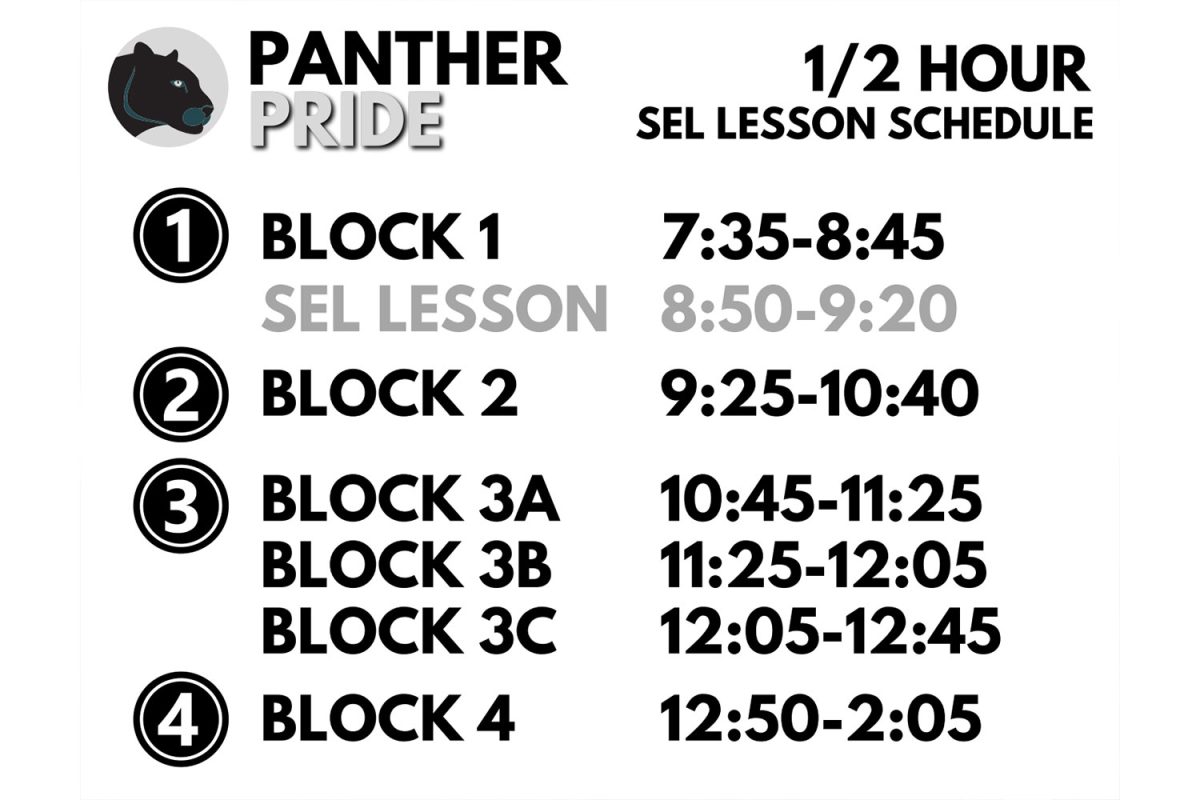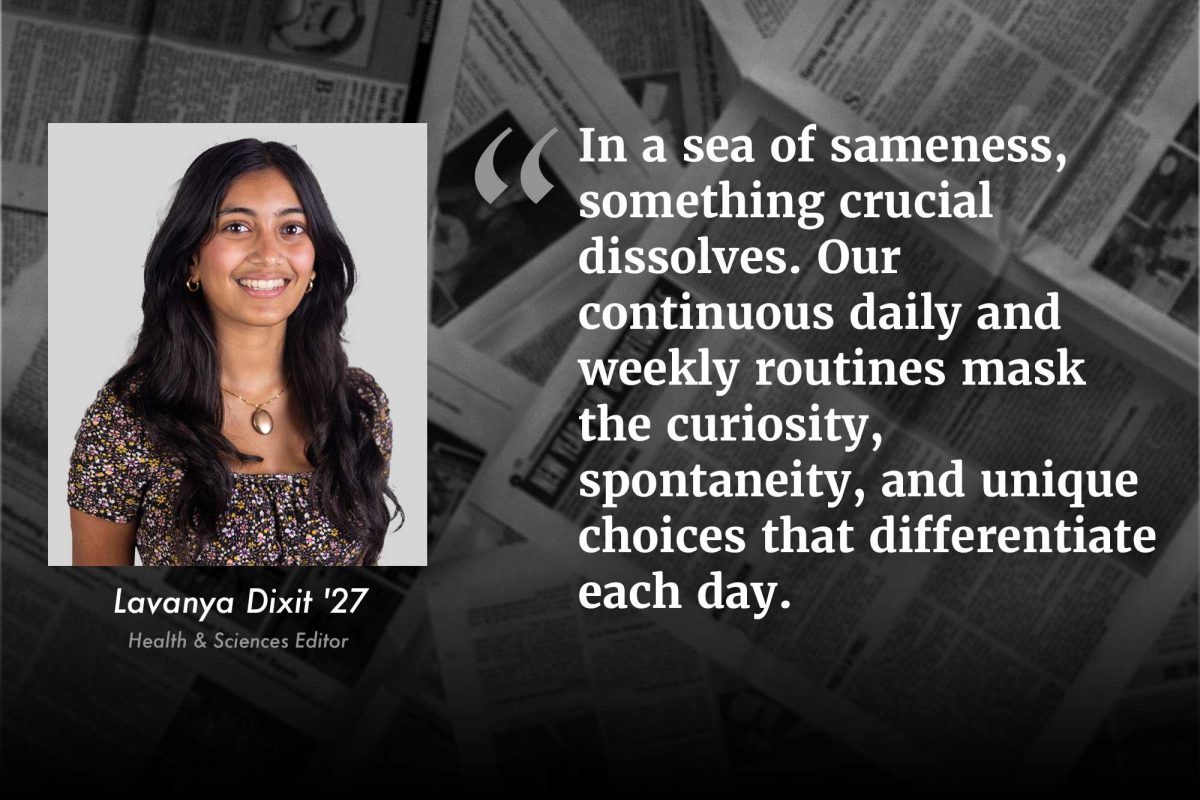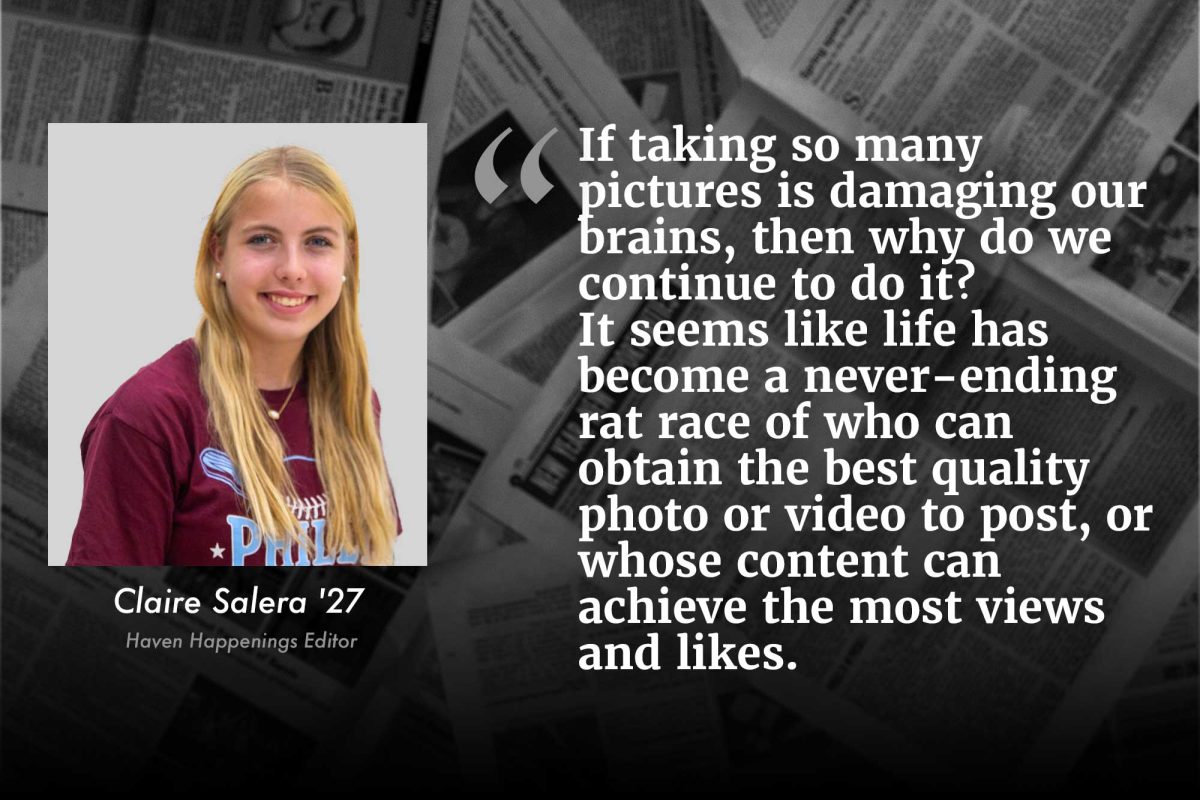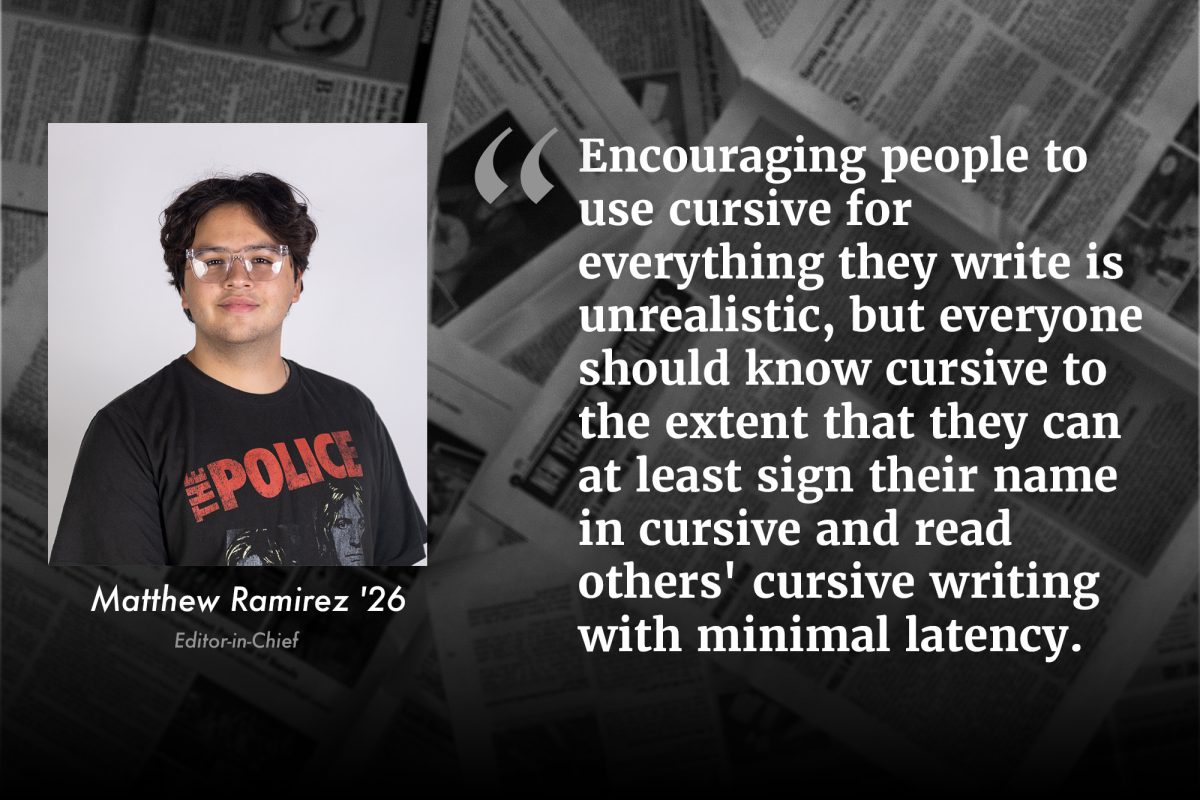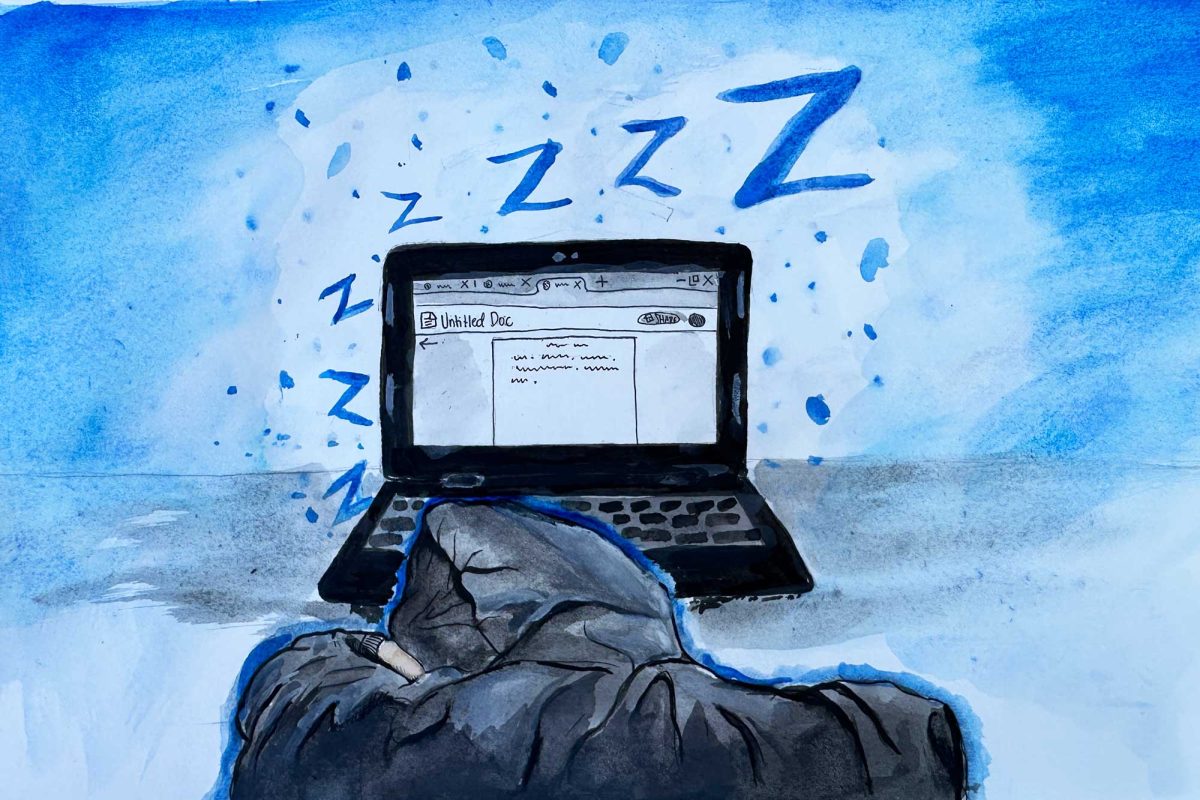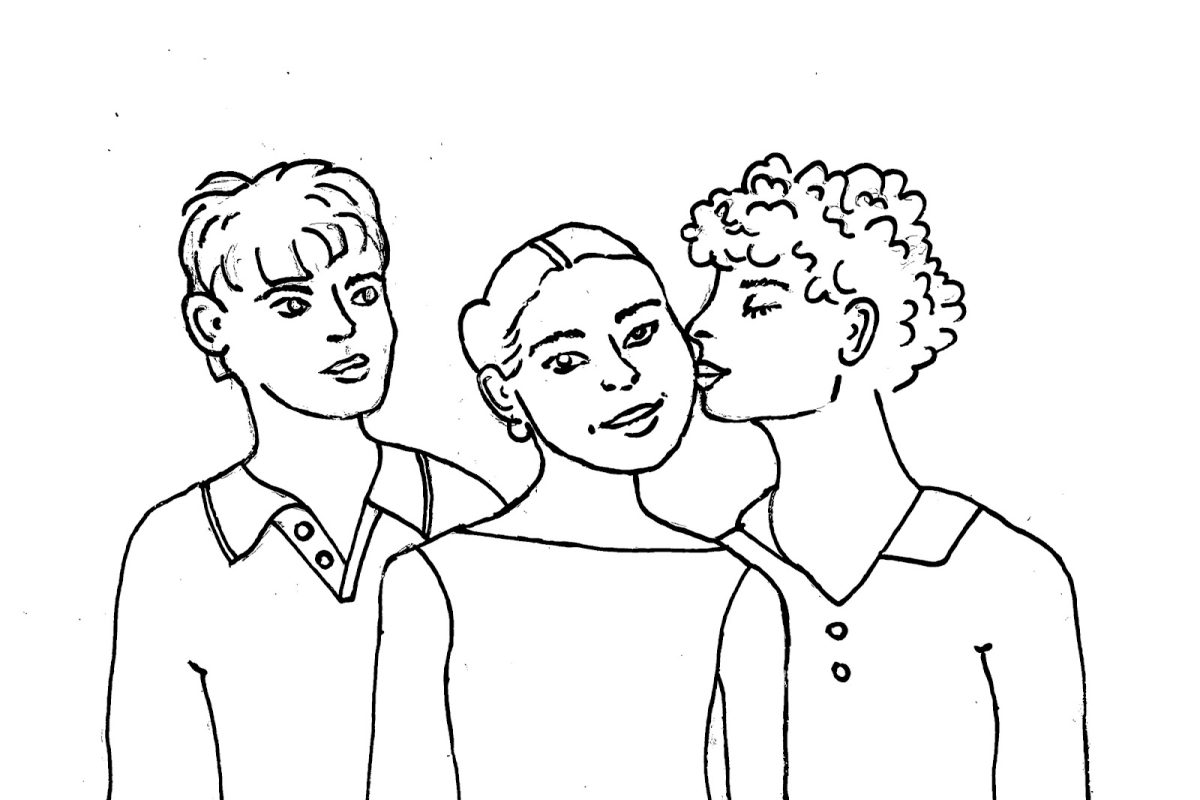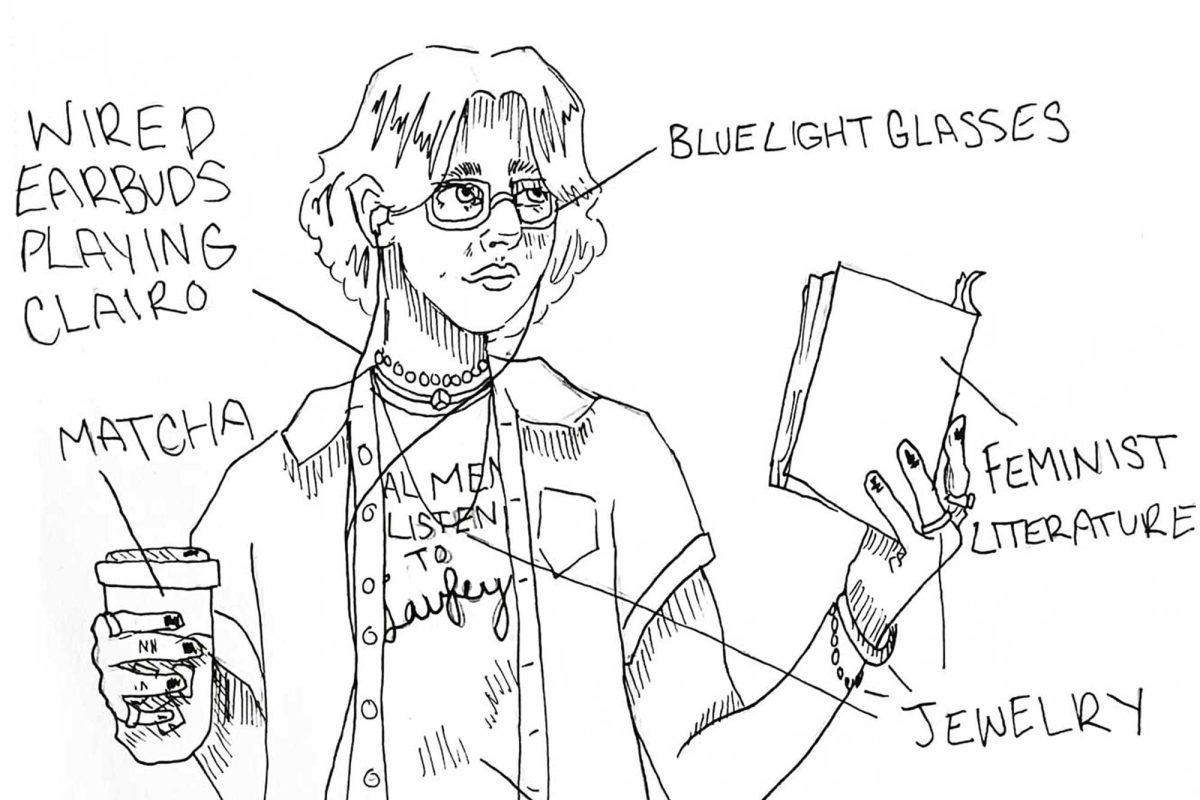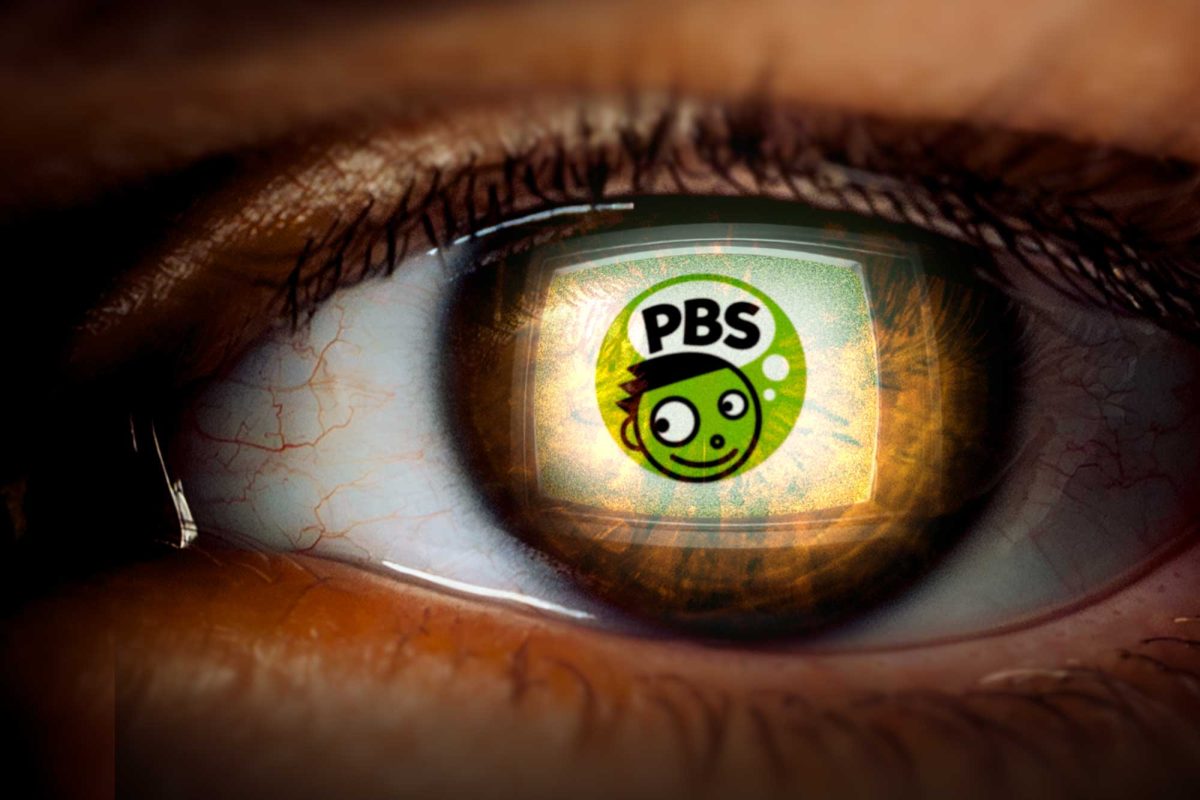You would think that high school students would be open to suggestions for managing their emotions, but social and emotional learning (SEL) lessons cannot seem to capture student attention.
This year, the high school has implemented social emotional learning days into the year’s schedule. In a typical lesson, teachers go through videos or a slideshow presentation about important aspects of SEL and strategies that students can use to improve their mental health.
However, the important message that these lessons aim to teach may not be reaching students as intended.
The lessons take up a substantial amount of class time and also change the entire day’s schedule. In addition, many students find the topics boring or difficult to relate to, making sitting through them and paying attention a struggle. SEL well-being surveys—adminstered twice so far this year—take a long time to complete.
Freshman Lavanya Dixit finds that student motivation is a huge issue when the lessons are being presented.
“I think that the SEL days have good intentions, but the main issue is that a lot of people don’t pay attention, care enough to listen, or want to learn from them,” Dixit said.
Lesson delivery may also be an issue. Junior Silla Prown finds that her teachers do not always present the lessons.
“My teachers don’t really do the SEL things. They think that it’s a poor execution of a good idea,” Prown said.
Although students may not be taking a lot away from SEL lessons, the repetition of these lessons stresses the importance of taking mental health seriously. Junior Ella Liberi recognizes that the lessons are not perfect but that they still show how seriously the school takes students’ mental health.
“I think it’s really great that our school is focusing on the social emotional health of our students, because that’s such a huge issue today. Just taking the time to focus, switching schedules around, I think it’s just really great to focus on student mental health here,” Liberi said.
Counselor Mr. Travis Edwards agrees that while the lessons are not completely effective, they are still a great first step.
“I think the goal with social emotional learning is exposure to those key areas that are important to becoming a well-rounded individual,” Edwards said. “I don’t think we’re quite there in maximizing the effectiveness. Do I think we’re getting the exposure out there, and really expressing why it’s important? I think so, slowly.”
Dixit concurs that the presentation of the topic needs to be handled in a way that students can empathize with.
“I think there needs to be another approach, especially because it is an important topic,” Dixit said.
What could a different approach look like? Maybe a chance for students to express their own strategies or experiences instead of following the structure of a slideshow or video? Or perhaps some kind of Blooket or Kahoot instead of a survey, with students who complete it receiving some type of reward?
A new approach could take several different forms, but Edwards notes how important student feedback is to the overall success of the SEL lessons.
“I think that there’s so much more that can be done. But it’s also not just teachers to students, it’s students to us as well, so there’s a lot of learning that we want to do from a variety of student groups,” Edwards said.




